
You can’t sell fresh air. It’s a truism I was reminded of at the IGD Insight & Impact conference this week. There was a passionate discussion going on over the cost of living crisis, how to make savings and achieve efficiencies in the supply chain, what to do about pricing and promotions, the role of retail media, the swing towards own-label and value, winning the dine-in occasion, pack formats and shopper marketing. All good stuff.
Yet no one was talking about the chronic availability issues the industry is beset with. We have become so used to volatility and disruption we seem to have forgotten how much availability has fallen. It’s little more than a decade since availability in our Grocer 33 was averaging 97%. Even four years ago the best retailer was achieving availability of 97.5%.
Today it’s around 91%-92%. In other words, if you’re shopping for 33 items, you can expect three of them to be out of stock. And against accusations of poor availability, Waitrose defended itself on the basis this was the new normal.
In the intervening period, of course, we’ve had Covid, and the supply chain crisis last summer. So it’s understandable that availability has suffered amid panic-buying and the lorry driver shortage, not to mention this year’s supply chain disruption from the Ukraine war and HFSS store compliance programmes.
But what is the industry going to do to tackle the availability ‘permacrisis’ that has descended? In a keynote speech at the IGD’s conference. Tesco’s chief product officer Ashwin Prasad argued we need to get used to permacrisis, and to manage it in our supply chains through greater flexibility, and better visibility. (I’ll be talking to him about this more in a Big Interview for next week’s issue.)
But visibility works both ways. Supermarkets want more information from suppliers. Yet inbound availability is easy to measure. To truly tackle availability issues, as Graze CEO Joanna Allen said, the next horizon is “digitised transparency on stock location – ensuring we know where stock is, whether that’s on the shelf, in the back of a store, or in the DC”. It’s not just a physical gap that needs filling. It’s a knowledge gap.




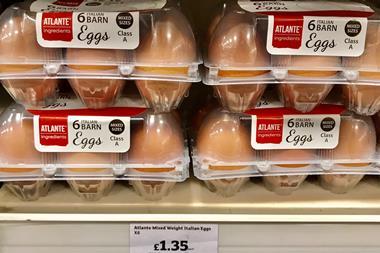
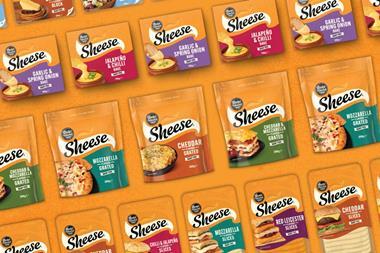
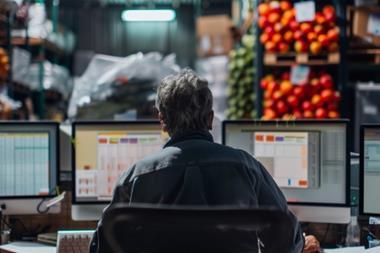
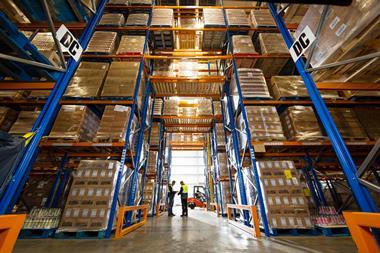


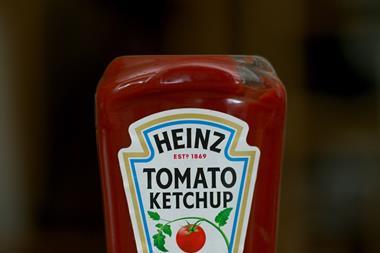
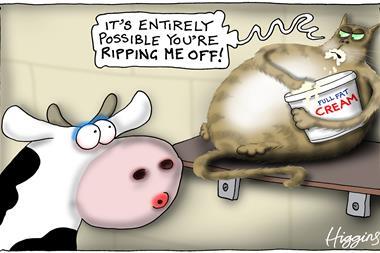
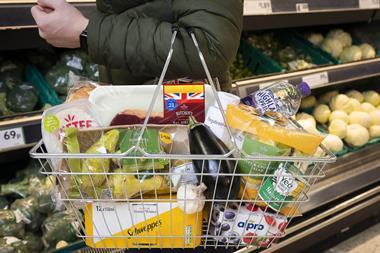

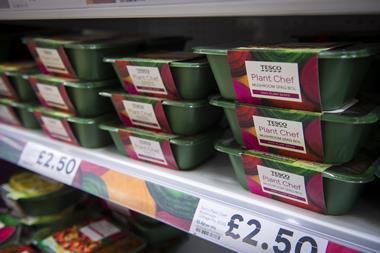
No comments yet